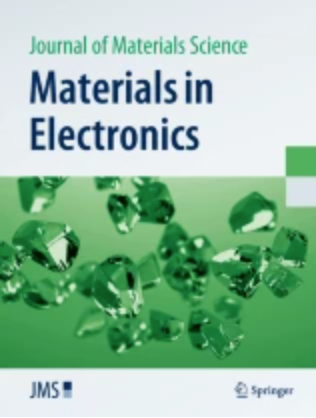Magnetite nanoparticles-based triboelectric nanogenerators for self-powering applications
Abstract
The growing demand for sustainable and efficient power sources for low-power consumption electronic devices has directed attention toward triboelectric nanogenerators (TENGs). The present study addresses the challenge of identifying suitable materials that can enhance energy conversion efficiency while maintaining cost-effective and straightforward synthesis techniques. We report the fabrication and performance of a TENG using pure magnetite (Fe3O4) nanoparticles synthesized via a chemical co-precipitation method. The structural and morphological characteristics of the Fe3O4 nanoparticles were thoroughly analyzed. The TENG (5 × 5 cm2) was constructed with Fe3O4 nanoparticles as the positive triboelectric layer and fluorinated ethylene propylene (FEP) as the opposite frictional layer. The Fe3O4/FEP TENG demonstrated an output voltage of 320 V, a current of 175 µA, and a power density of 4.43 W/m2, surpassing previously reported values. The device was tested for practical applications by successfully powering 360 LEDs, a calculator, a digital watch, and a hygrometer. This work highlights the feasibility of using Fe3O4 nanoparticles in TENGs for self-powering electronic devices, providing a promising avenue for sustainable energy solutions.

 求助内容:
求助内容: 应助结果提醒方式:
应助结果提醒方式:


